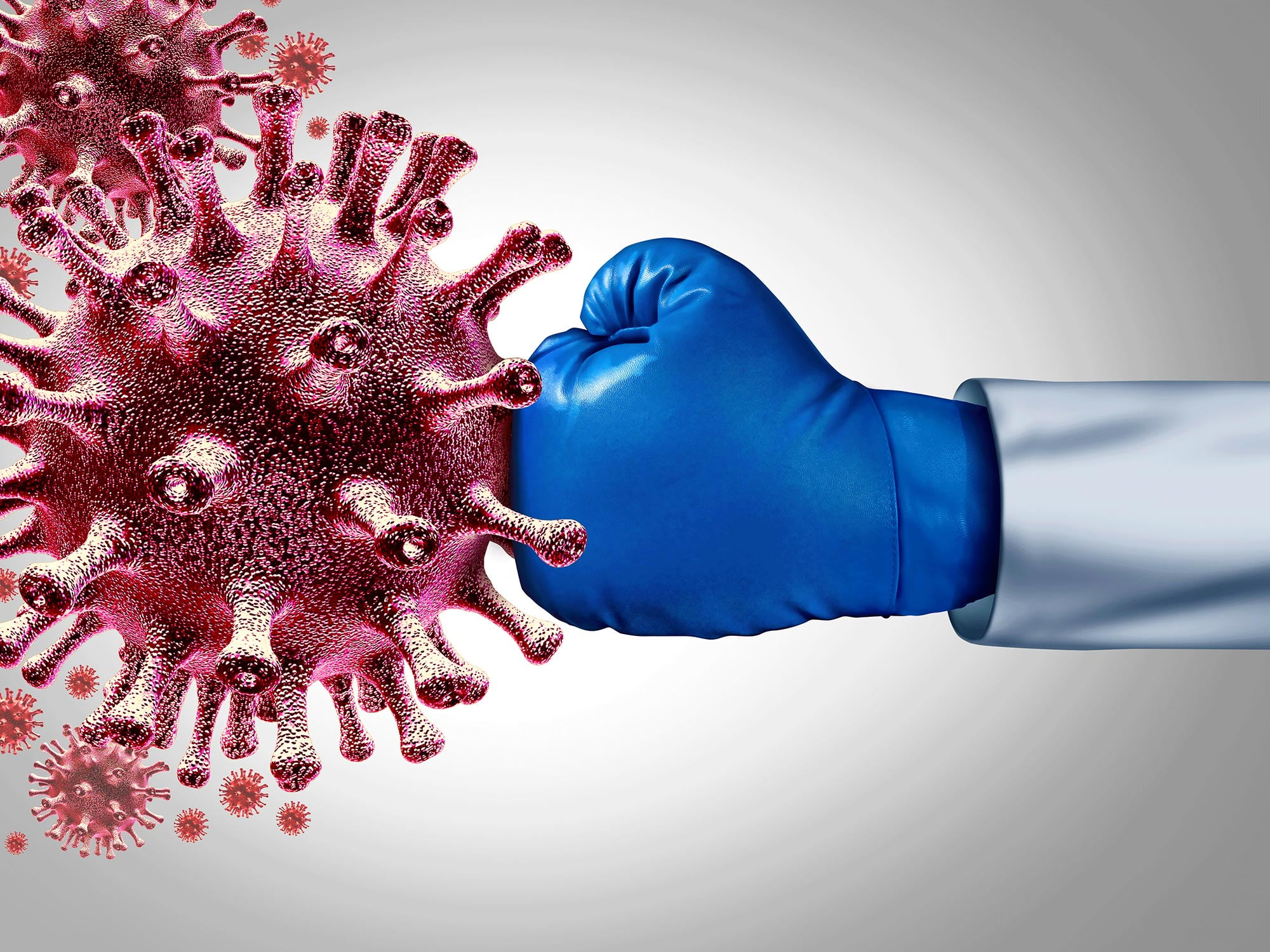
There are no drugs that can cure infected people. But SDU researchers have now developed a substance that can form the basis for the development of drugs against COVID-19.
SARS-CoV-2, the virus responsible for the COVID-19 pandemic, arrived a year ago and turned our lives upside down.
Although vaccination programs around the world are ongoing, we still do not know how long the vaccine will provide immune protection against infection and whether the currently approved vaccines can provide protection against emerging variants of the virus.
In addition, it appears that vaccines cannot prevent disease for people who have already been infected. Unlike vaccines, there are currently no effective drugs that work against the SARS-CoV-2 virus.
Imitating nature
New research by Associate Professor Jasmin Mecinovic and co-workers in the Department of Physics, Chemistry and Pharmacy at the University of Southern Denmark, now presents a compound that may provide a basis for the development of drugs against COVID-19.
The work was recently published in Chemical Communications.
Our approach is based on mimicking nature, and the idea is to prevent the virus from entering the body’s cells. If the virus does not enter the cells, it will not survive. Instead, the immune system destroys the viral particles, thereby preventing an infection, explains Jasmin Mecinovic.
How to trick the virus
SARS-CoV-2 belongs to the family of coronaviruses, which are named after their characteristic crown-shaped envelope that protects their RNA to be damaged. This crown is made up of viral peak proteins, which act as the security keys used by the virus to invade a host cell.
The SARS-CoV-2 spike protein interacts specifically with an enzyme, called the ACE2 receptor, to initiate cell entry and infection.
The ACE2 receptor is found on the surface of cells in many different tissues and is especially common in the lungs. For this reason, SARS-CoV-2 infection leads to symptoms of (serious) respiratory illnesses for many people.
Mecinovic and his colleagues found that the peptides (a small part of the protein), made to look exactly like the ACE2 receptor, can act as bait and prevent the binding of the SARS-CoV-2 spike protein.
More studies needed
This suggests that molecular baits based on the ACE2 receptor may be an effective therapy to prevent infection by the virus, says doctoral student Marijn Maas, the article’s first author.
Putting a new drug on the market is a long journey. The next step is to continue studying our synthetic peptide – for example, making variations of it to see if we can improve its potency, says Jasmin Mecinovic.
Reference: “Targeting SARS-CoV-2 spike protein by stapled hACE2 peptides” by Marijn N. Maas, Jordi CJ Hintzen, Philipp MG Löffler and Jasmin Mecinović, March 2, 2021, Chemical Communications.
DOI: 10.1039 / D0CC08387A
